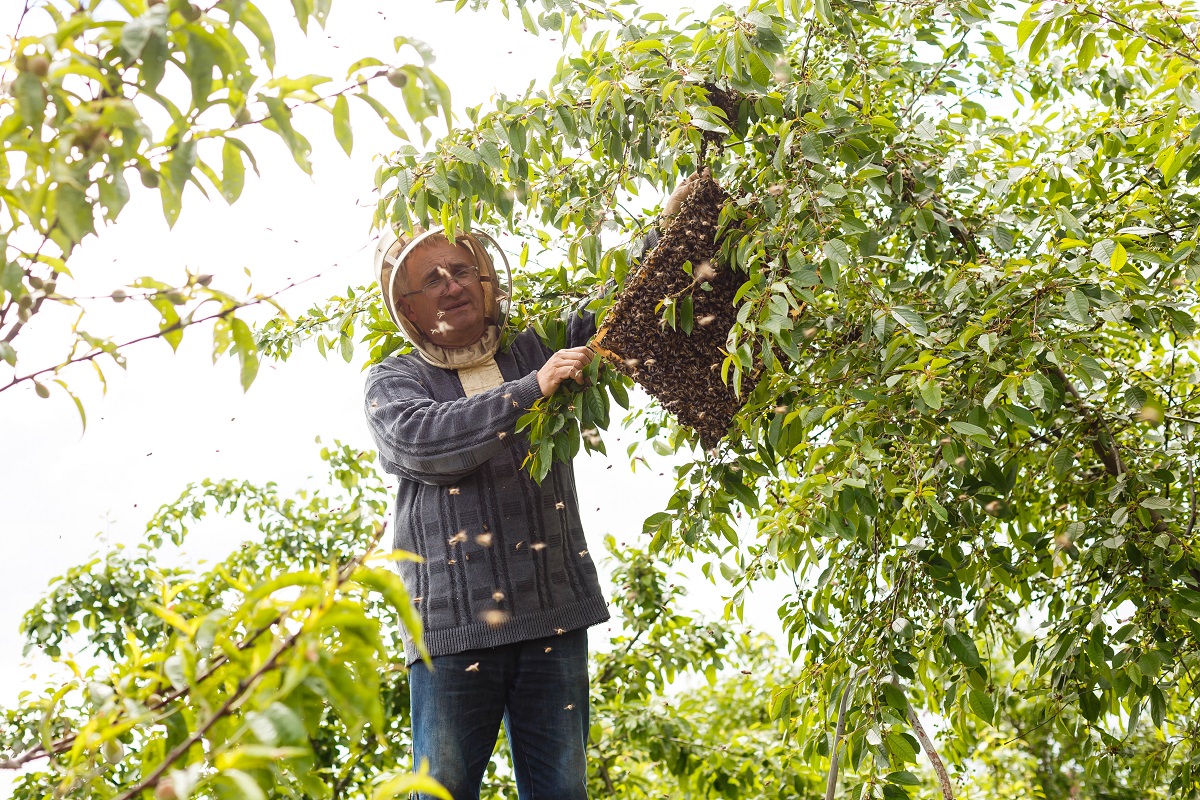Life in the outdoors can be a lot of fun until you encounter a bee or a wasp. If this turns into a pesky situation, it might be a good idea to consider conducting bee and wasp removal. Making this decision, however, depends on a few things.
Getting stung by a wasp or a bee can not only be painful but can also put certain people at risk of having an allergic reaction to the sting. Most people are unaware if they have a bee or wasp allergy, and they will unfortunately only find out if they got stung. While bees might appear to be dangerous because of their stingers, they are actually unharmful if they are avoided or unbothered. Bees actually have a crucial role in pollination and producing honey, so they are very important to the environment and to humans. Wasps also contribute positively to the environment by feeding on other pests that might be disrupting. Although bees and wasps can sometimes be harmful to humans, it is important to remove them safely because they both contribute positively to the environment and to the life of humans.
Steps for Safely Removing Bees and Wasps
Depending on the proximity of your property to the hive, you should first decide whether or not removing it is a good idea. If the hive is close enough to where you risk getting stung, follow the steps below on how to safely remove the hive.
-
What type of insect?
It is important to identify what type of insects live at the hive because this will determine how the bee and wasp removal is done. Honey bees, bumblebees, and yellow jacket wasps will typically make their nests close to your home. Next, take a look at the level of aggression and the size of the colony. These two factors can vary greatly among bees and wasps. Once the insect is properly identified, the nest can properly be removed.
-
Protect Yourself
Always make sure you are wearing the correct protective gear to avoid getting stung. When removing bees and wasps on your own, wearing heavy clothing that covers the entire body is the most effective way to avoid stings. Other equipments you will need for the job are spray aerosols, powders, and a ladder in case the hive is in a high area that can’t be reached from the ground. Before purchasing the sprays, make sure you read the label to ensure that it is the correct one.
-
Begin the Elimination Process
It is important to approach the hive at night, without a flashlight, when the pests are less active. Start by spraying the aerosol at the entrance to the hive. Then, dust the entrance with the powder which will kill the pests within one to two days.
-
Inspect the Hive
If there is no activity around the hive a few hours after using the spray and powder, it is time to remove the nest and dispose of it. Make sure all children, pets, or anyone at the risk of getting stung is removed from the property before beginning the extraction process. If the nest is in a hollow wall, attic, or vent, you should first drill holes around the structure to create an opening. Then, apply the chemicals to the nest to ensure that all bees and wasps are killed.
-
Seek out a Professional
There is a huge difference between knowing how to properly remove bees and wasps and actually doing it. There is a lot of risk in doing it yourself, so it might be a good idea to call professional bee and wasp exterminators to get the job done right.
Reasons to Hire a Professional Bee and Wasp Remover
Hiring a professional is highly recommended for your safety and for the purpose of proper removal. Here is why you should hire a professional:
- A bee and wasp removal specialist has knowledge of the different species and their behavior which is essential for properly completing step one.
- Exterminators have access to the right type of equipment and protective gear needed for the job.
- Understanding the process to safely eliminate the pests is crucial to having a successful removal.
